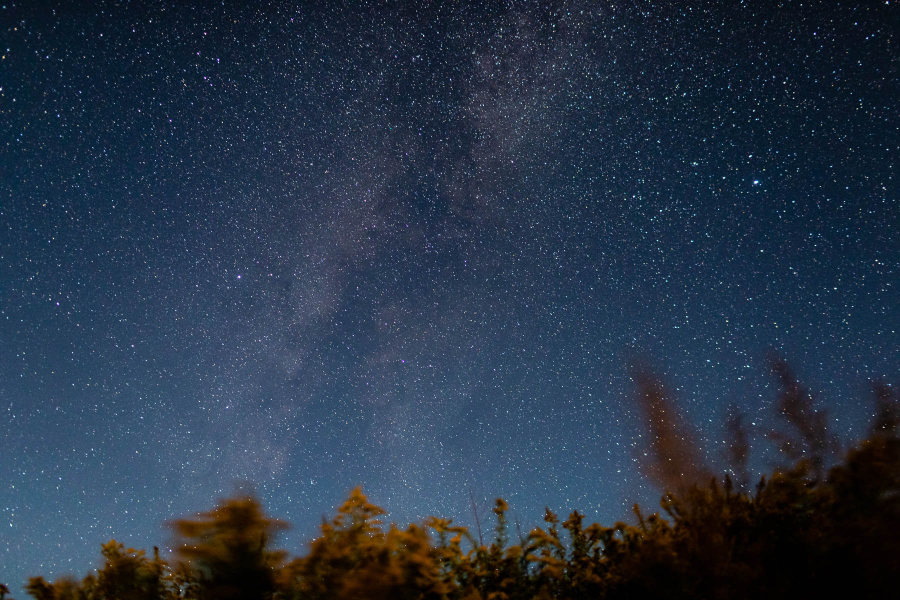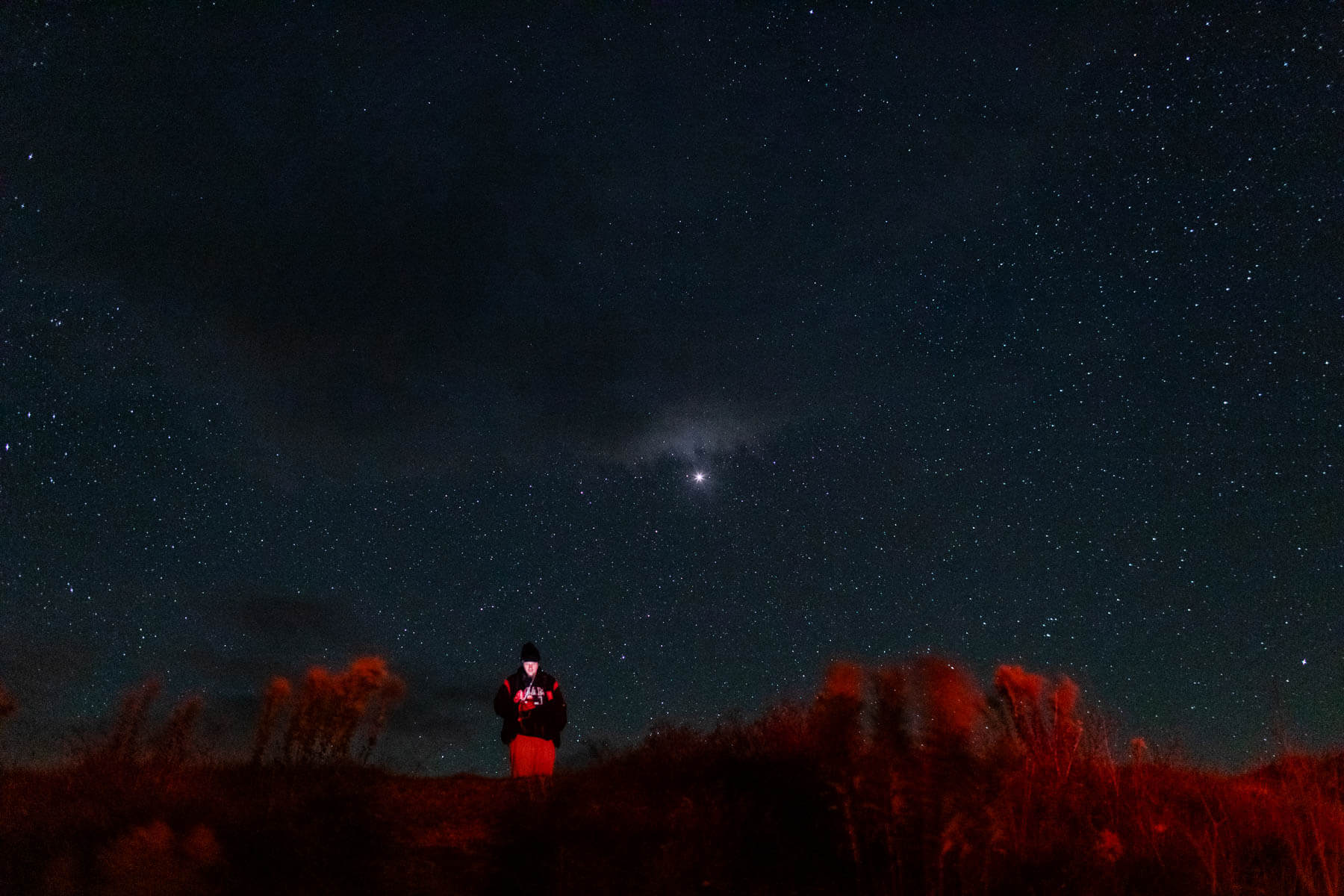Cherry Springs State Park lures stargazers with dark skies

Encircled by swaths of forest in north-central Pennsylvania, the night skies above Cherry Springs State Park get very dark. With no streetlights or strip malls sending light pollution to the heavens, the stars and planets stand out here like few places in the eastern United States.
About 20 years ago, more and more visitors to Cherry Springs were lured by the darkness, or more specifically what the darkness reveals. Like moths to benevolent flames, they come to see the Milky Way and our nearest neighbors in the solar system.
The park has responded to its clientele. Star-gazing visitors have two options, depending on how committed they are to let their pupils adjust to gathering dim, distant photons. Overnight campers can set up telescopes in an area protected from retina-wrecking vehicle headlights, where only red lights are allowed in order to preserve people’s night vision. More casual visitors can come and go at a separate field, open to the sky but shielded from the parking lot by a large berm.

Without competition, the moon—the original light polluter—burns like an acetylene torch the second it rises above the trees at Cherry Springs. It’s enough to cut a star-gazing session short. But if you plan your visit around the lunar calendar, and manage to dodge cloudy weather, our galaxy stands out in full relief, even to the naked eye. And compared to the slim odds of seeing a shooting star from a city, even an off-peak night during a meteor shower becomes a sure bet.
On the Bortle darkness scale, which runs from one to nine, Cherry Springs rates as a two—a level brighter than the darkest skies and a level darker than typical rural skies. Isolated clouds there register as black holes against the starry sky, since there is no light from below to bounce off them. Constellations fill in with previously unseen points of light. In 2008, Cherry Springs became the first International Dark Sky Park in the eastern United States.
But the stars and planets merely appear there as they would have in most places a century ago, before electrified development pushed unspoiled spaces to the margins of the wide human footprint. Chalk it up as yet another benefit of forests, that besides a bit of bioluminescent fungi or a healthy wildfire, a tree-covered landscape emits zero lumens that would cloud our senses.
It’s an effect that even cities and their residents can emulate, by installing downward facing streetlights and putting porch lights on timers or motion sensors. A thick canopy of urban trees, planted to shade hot neighborhoods and absorb stormwater, can also keep light shining only where it’s intended.
Wildlife also benefits when darkness is restored. From mating insects to migrating birds to hatching sea turtles, there is an entire nocturnal ecology that gets disrupted by light pollution.
Like the heavenly bodies above, its true nature can also be revealed in the darkness.

Comments
There are no comments.
Thank you!
Your comment has been received. Before it can be published, the comment will be reviewed by our team to ensure it adheres with our rules of engagement.
Back to recent stories